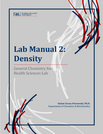
This work is an adaptation of openstax Chemistry 2e and College Physics. This work also consists of original material.

This work is an adaptation of openstax Chemistry 2e and College Physics. This work also consists of original material.

Resources (primary and not) I will look at to design a physics lesson on 'Comparing the design and success of N1 Rocket and Saturn V'

In this activity, students investigate the effect that weight has on rocket flight. Students construct a variety of their own straw-launched rockets, or "strawkets," that have different weights. Specifically, they observe what happens when the weight of a strawket is altered by reducing its physical size and using different construction materials. Finally, the importance of weight distribution in a rocket is determined.

Short Description:
An introduction to the physics of sound originally developed for students at Buffalo State College.
Word Count: 56907
(Note: This resource's metadata has been created automatically as part of a bulk import process by reformatting and/or combining the information that the author initially provided. As a result, there may be errors in formatting.)

Students work alone or in groups to draw "cross plots" and make connections between ocean biology, chemistry, geology, and physics. This simple graphical tool helps students understand the interdisciplinary nature of oceanography. It also enables students to apply knowledge to a local area, an ocean, the global ocean, or a topic, such as ocean acidification.

This course explores the ultimate limits to communication and computation, with an emphasis on the physical nature of information and information processing. Topics include: information and computation, digital signals, codes and compression, applications such as biological representations of information, logic circuits, computer architectures, and algorithmic information, noise, probability, error correction, reversible and irreversible operations, physics of computation, and quantum computation. The concept of entropy is applied to channel capacity and to the second law of thermodynamics.
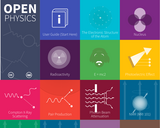
OpenPhys is an interactive textbook on modern physics and medical radiation. It is formatted as a map with the main page features lesson tiles which can be clicked to open each lesson's concept map. Each concept map can be navigated with basic content at the top and deeper content at the bottom.
More information about the authoring team available here: http://openphys.med.ualberta.ca/Instructions/Credits
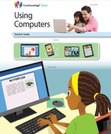
The goal of this 10 lesson, grade 2 unit, is for young students to continue using computer devices with increasing independence for various purposes, including game play, communication, and schoolwork..
The key question guiding the unit is: How can we use computers and the internet?
Download the Teacher Guide — containing comprehensive lessons, lesson plans, and a unit overview, and the Student Book — designed as a Read-Aloud.
.
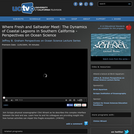
Join Scripps physical oceanographer Clint Winant as he describes this complex interface between the land and sea. Learn how he and his colleagues are providing insight into how human activities can impair this fragile ecosystem. (54 minutes)

Students explore the chemical identities of polymeric materials frequently used in their everyday lives. They learn how chemical composition affects the physical properties of the materials that they encounter and use frequently, as well as how cross-linking affects the properties of polymeric materials.
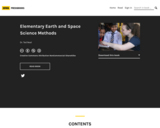
Biology, Chemistry, Physics, Space, and Earth Science
Word Count: 74440
(Note: This resource's metadata has been created automatically as part of a bulk import process by reformatting and/or combining the information that the author initially provided. As a result, there may be errors in formatting.)

This activity was designed for blind learners, but all types of learners can use it to discover if there is a relationship between depth and pressure.
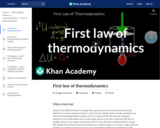
Overview of the first law of thermodynamics.
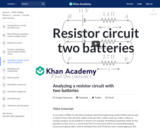
An example of simplifying a seemingly complicated resistor circuit. Created by Willy McAllister.
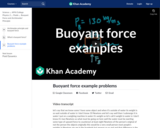
A couple of problems involving Archimedes' principle and buoyant forces. Created by Sal Khan.

Clarification of, and more thoughts on, the Bernoulli's equation example problem where liquid exits a hole in a container. Created by Sal Khan.
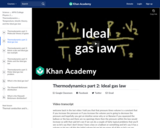
To begin, Sal solves a constant temperature problem using PV=PV. Then he relates temperature to kinetic energy of a gas. In the second half of the video, he derives the ideal gas law. Created by Sal Khan.
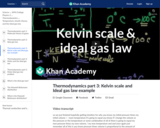
Sal makes the case for the Kelvin scale of temperature and absolute zero by showing that temperature is proportional to kinetic energy. Then he explains that you need to use the Kelvin scale in the ideal gas law. To finish he does a sample ideal gas law problem. Created by Sal Khan.
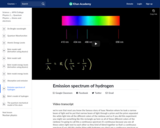
Using Balmer-Rydberg equation to solve for photon energy for n=3 to 2 transition. Solving for wavelength of a line in UV region of hydrogen emission spectrum. Created by Jay.

This is an introduction to the study of the solar system with emphasis on the latest spacecraft results. The subject covers basic principles rather than detailed mathematical and physical models. Topics include: an overview of the solar system, planetary orbits, rings, planetary formation, meteorites, asteroids, comets, planetary surfaces and cratering, planetary interiors, planetary atmospheres, and life in the solar system.